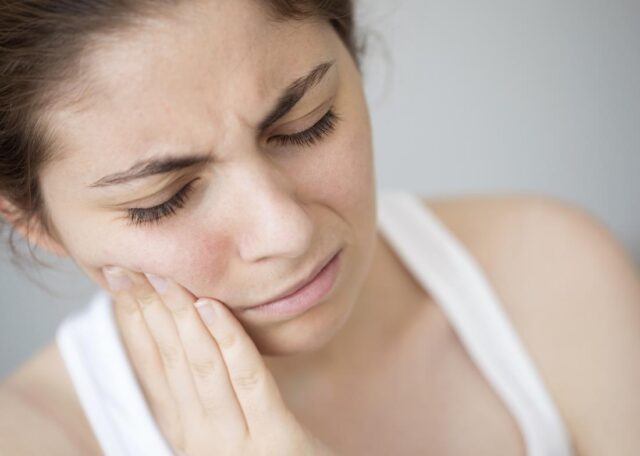Getting a dental filling is a common procedure used to treat cavities and restore the function of a damaged tooth. However, it’s not uncommon for patients to experience pain or sensitivity in the tooth after getting a filling. In this article, we’ll explore the reasons why your tooth may still hurt after a filling and what you can do to alleviate the pain.

Reasons Why Your Tooth May Still Hurt After a Filling
Inadequate Bite Adjustment: A filling may cause a slight change in the height or shape of the tooth. If this change is not properly adjusted, it can cause discomfort or pain when biting or chewing.
Pulpitis: Pulpitis is inflammation of the dental pulp, which is the soft tissue inside the tooth that contains nerves and blood vessels. If the decay or damage to the tooth was severe, the dental pulp may have become inflamed, and this can cause pain or sensitivity even after the filling is placed.
Cracked Tooth Syndrome: If a tooth is severely decayed or weakened, it may be prone to cracking or fracturing. Sometimes, a filling can exacerbate a small crack in the tooth, leading to pain or discomfort.
Tooth Trauma: Occasionally, the process of preparing the tooth for the filling can cause trauma or injury to the surrounding tissues, leading to pain or sensitivity.
What You Can Do to Alleviate the Pain
Take Over-The-Counter Pain Relievers: Over-the-counter pain relievers such as ibuprofen or acetaminophen can help alleviate pain and discomfort after a filling. Be sure to follow the recommended dosages and consult with your dentist if the pain persists.
Apply a Cold Compress: Applying a cold compress to the affected area can help reduce inflammation and relieve pain.
Practice Good Oral Hygiene: Good oral hygiene habits, such as brushing twice a day and flossing daily, can help keep the area around the filling clean and reduce the risk of further decay or infection.
Visit Your Dentist: If the pain persists or gets worse, it’s important to schedule a follow-up appointment with your dentist. They may need to adjust the filling or recommend additional treatment, such as a root canal.
Preventing Pain After a Filling
Preventing pain after a filling starts with good communication with your dentist. Be sure to discuss any concerns or questions you have before and after the procedure. Additionally, practicing good oral hygiene habits and maintaining regular dental check-ups can help catch any issues early on and prevent further decay or damage to the tooth.
In conclusion, while it’s normal to experience some sensitivity after getting a filling, persistent pain or discomfort is not. Understanding the reasons why your tooth may still hurt after a filling and taking the necessary steps to alleviate the pain can help you get back to enjoying a healthy, pain-free smile.
